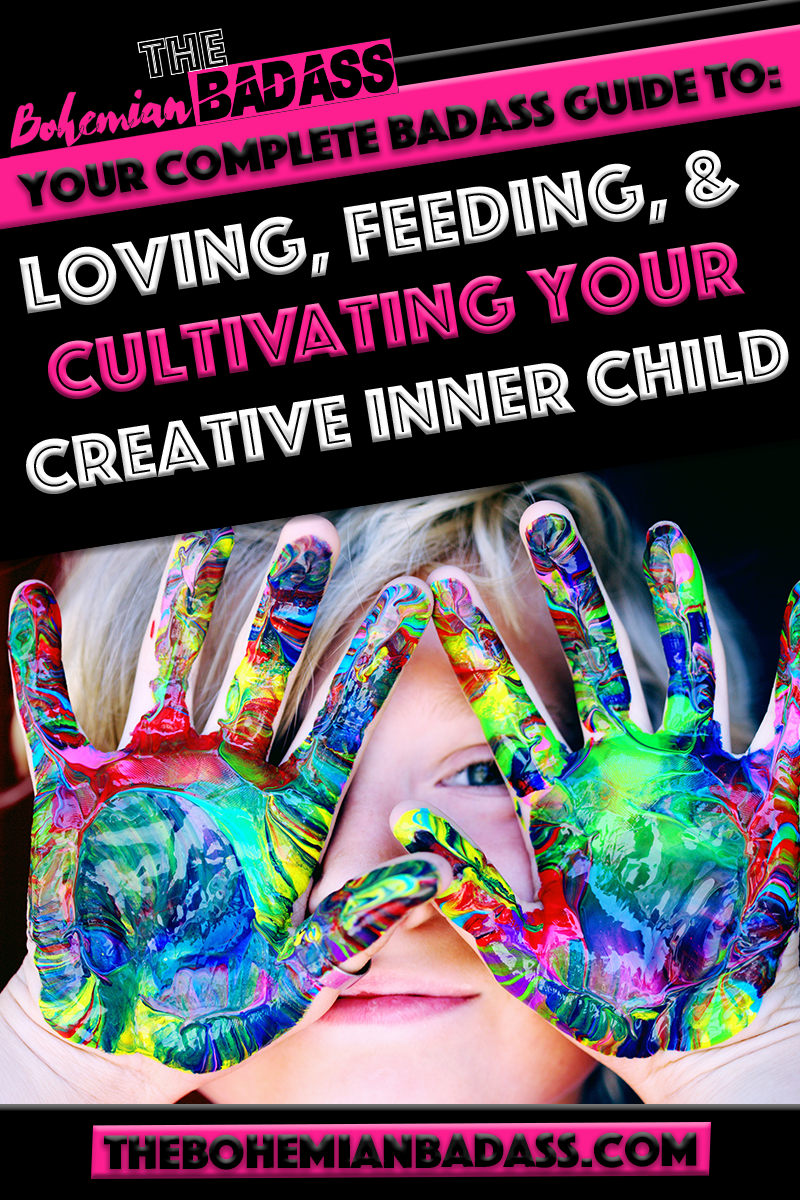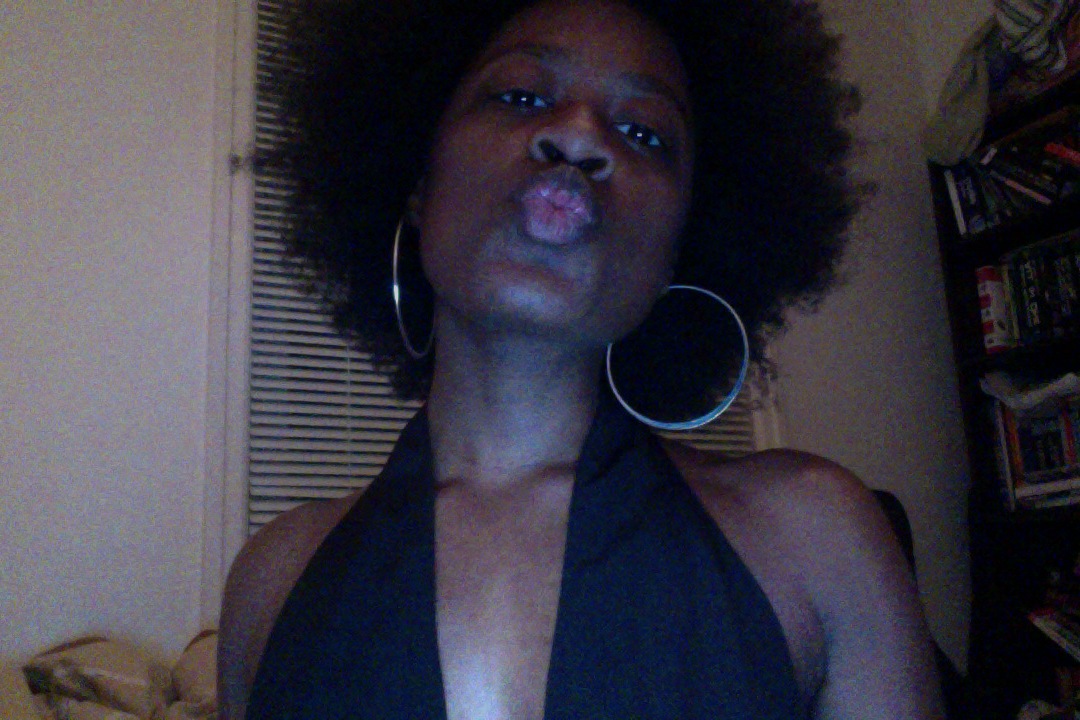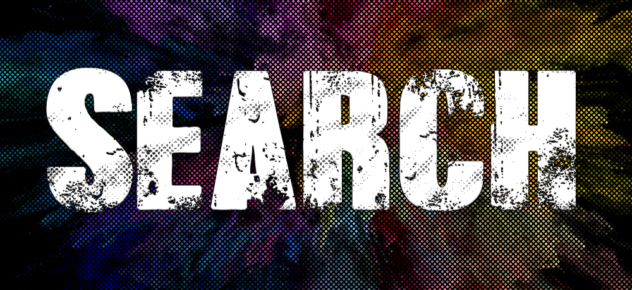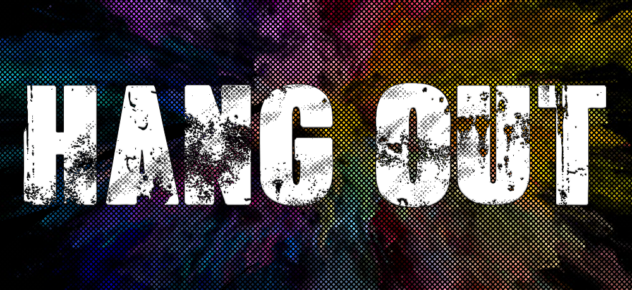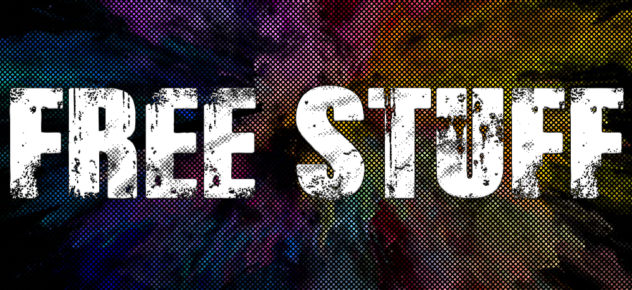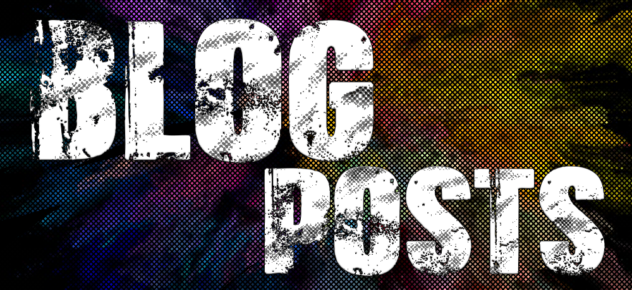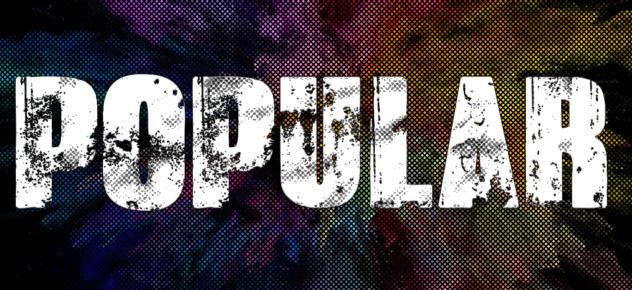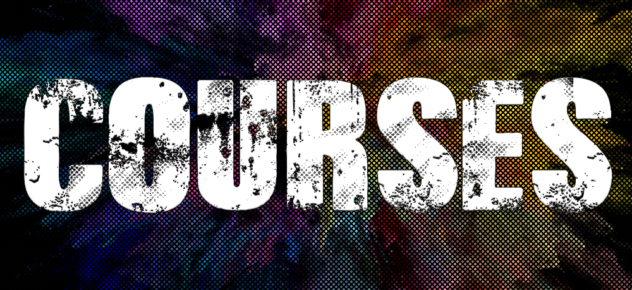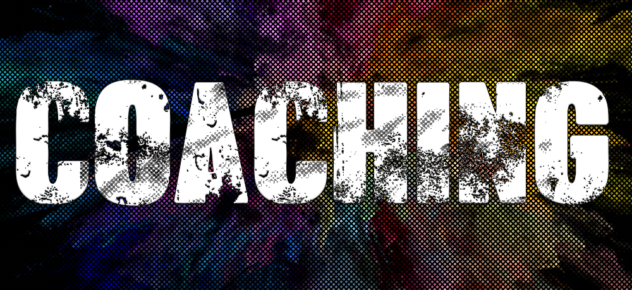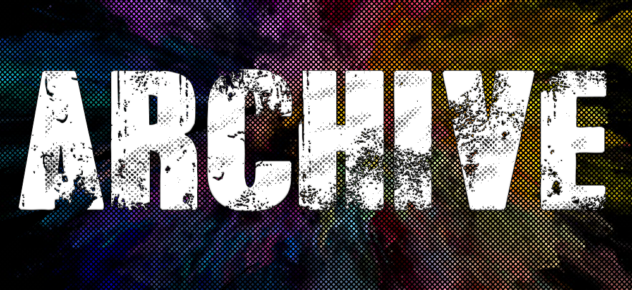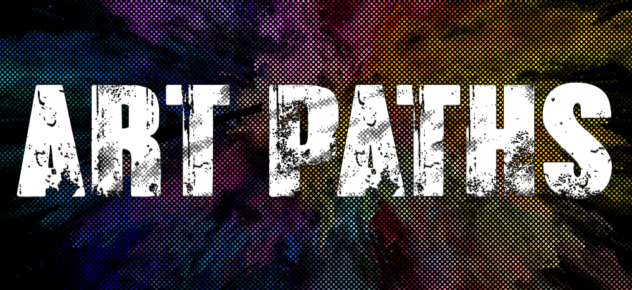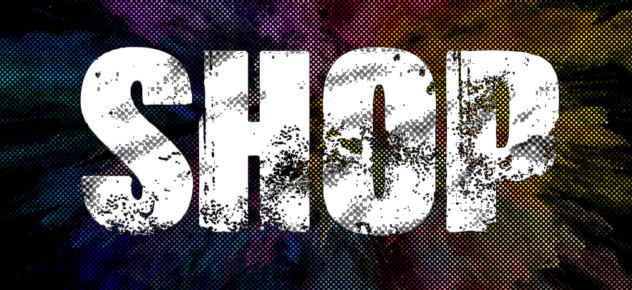
by Bohemian Badass | Jul 6, 2024 | Writing Inspiration
Ok, listennn…
#Imnotagurubut when I say “writer wellness”, I know some of you were thinking:
“Ooo! Standing writer desks!”
“Gasp! Writer treadmills!”
“Aw, SNAP… I know she’s about to gush on walk-and-talk tools to get her novel written while she’s getting in that workout.”
Um, sike. Nope. All the nopes.
That stuff is super cool (and obvs, #lifegoals), but let’s not always confuse wellness with exercise and health. They are linked, of course, but you don’t always need to break a sweat to be well.
(After all, sleep is the best wellness tool we can use as writers, and that requires no exercise at all.)
When I say “writer wellness” I’m definitely talking about the things I use to be the comfiest and coziest while I’m dreaming up my heroine’s next kick-ass adventure.
And when I tell you what I’ve been using, trust and believe, you’re going to either:
- a) be mad jelly,
- b) be mad jelly and immediately level up your writer comfort game, or,
- c) STUNT on me and put me on to your own “writer wellness” tools. (Ninja tip: this is the only choice. This is the way.)
This is going to be an ongoing series as I find more writers’ tools and cozies!
Let’s get into it, Badass.
I know what you’re thinking… “Wait. Colby, what? TEA?!”
Yup. Tea. Chai Tea. ESPECIALLY this golden chai. MM!!
Chai tea is my favorite tea in the universe, but this specific tea makes love to my body and soul. I’m not nasty (in public) so I won’t tell you what position it’s got me in, but believe me when I say that this tea has me in, what my fellow spiritualists would call, a spiritual f*cking stronghold.
It’s aromatic. It’s strong. It’s spicy in all the right ways. And yet, it’s soft and creamy. And even better? IT DOESN’T NEED TO STEEP!
You can literally taste the badassery and the melanin in every spoonful. It’s very “on brand” for me, and at the same time it makes me feel like a badass goddess, it also feels like it’s wrapping me in a cozy blanket that just came out the dryer. A cozy blanket knit by Chuck Norris himself.
Why does this promote writer wellness? Because I feel “well” when I drink it, duh. Lol! But it also keeps me rooted at my computer, working, because that’s where my NEXT writer’s wellness tool resides.
What’s a “writer’s tool” that you use? Drop your comments and thoughts below!
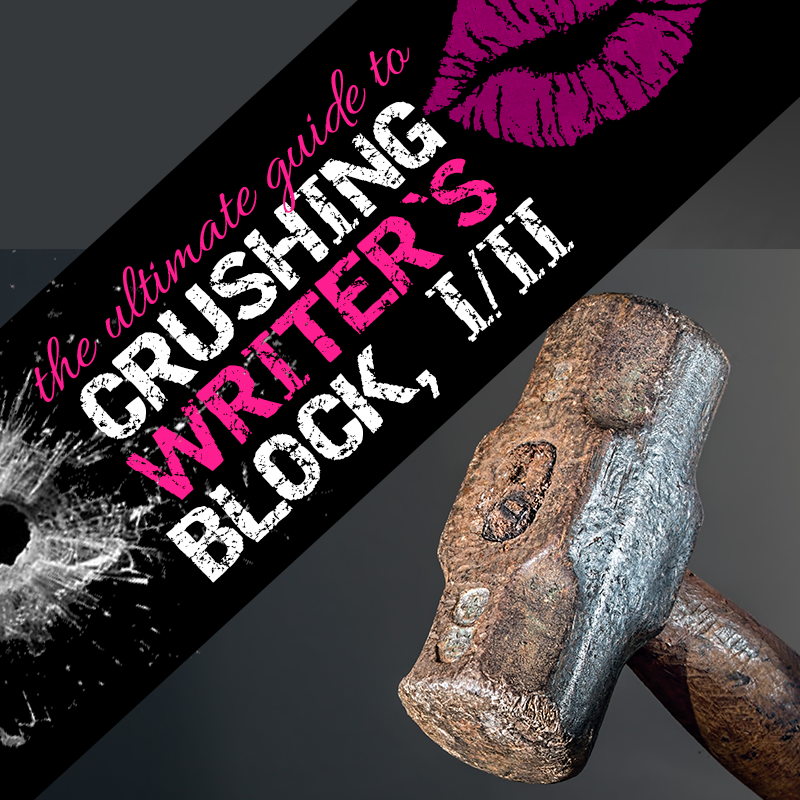
by Bohemian Badass | Apr 2, 2020 | Screenwriting, Screenwriter, Writing Screenplays, TV Writing, TV Writers, Writing Television, Writing Teleplays, Writing TV, Writing Inspiration
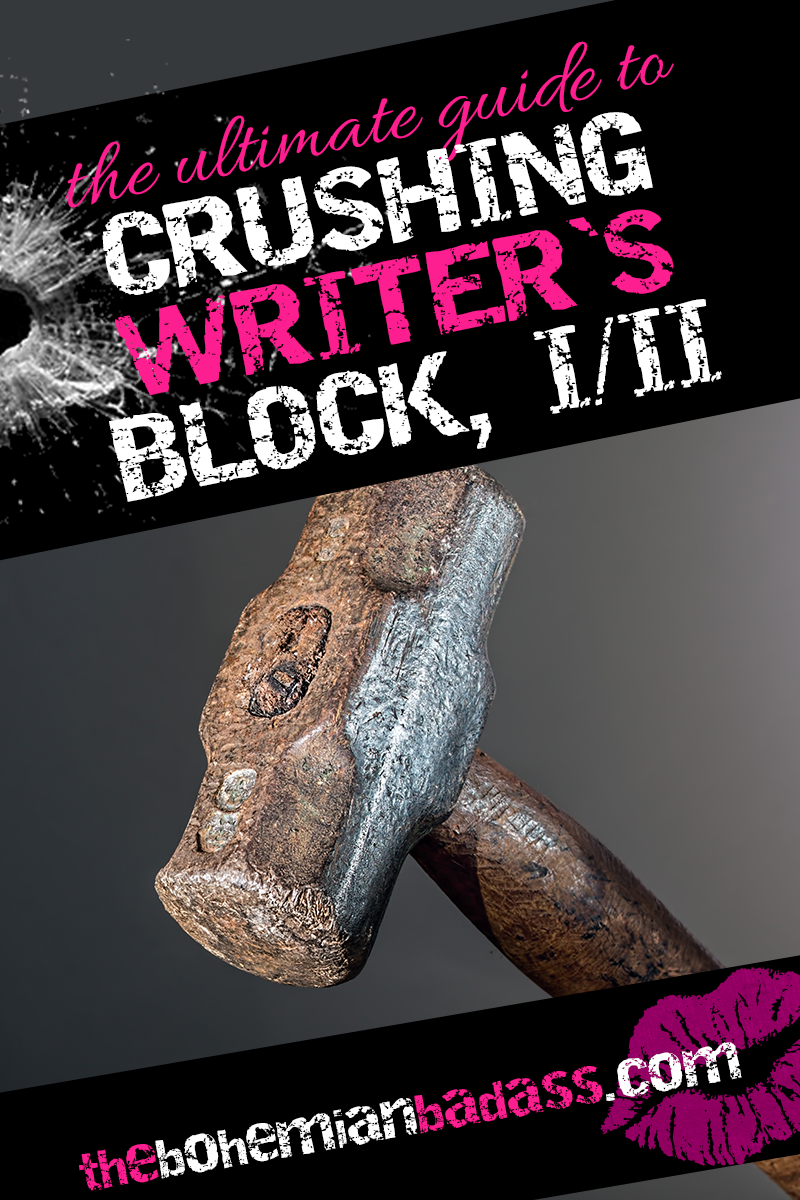
So you can’t write. :-/ You sat down at the keyboard, saw the blank page, and did one of the following:
-
- You FREAKED out and got scared that you didn’t really have anything to say. So you ran away from the keyboard and got busy with something else.
-
- You started typing and then started criticizing your words until you were too badgered to continue. You got up from your computer and limped away with your tail between your legs. (Been here too!)
- You typed and typed and then looked at the word count and was like… “THAT’S ALL?! WELP…”
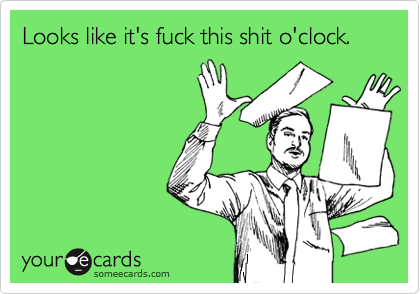
- Or, you started typing, were on a roll, and then realized that your story was going straight to Nowhere’sville at 1000 mph, and you got frazzled and stopped.
Yes, I know your pain, boo. Because I’ve been to ALL these dark and terrible places. But I’ve also found my way back out of these places, and I’m here to help you do the same. Introducing my fantastical, fool-proof ways to crush the F*CK out of writer’s block!!
I’m going to give you the first 5 tips today, and then next week, we’re going to get more intense with the remaining 5 tips.
(Notice, though, this post gives you a light and airy, #chill way to crush writer’s block. Meaning, that you don’t have to actually do any hardcore writing. For now.)
So what’s the first #chill way to crush the F*CK out of writer’s block?
1. THE “SOMETHING NEW” METHOD
Go do something fun, new, and / or scary. And then write a quick (or not-so-quick) journal about it.
As the delightfully infamous Shonda Rhimes tends to say: “Say YES to doing something that scares you.”
And I can’t agree more.
Some of the most exhilarating and emotionally powerful experiences come from trying new things and facing our fears! From flirting with that cute barista to starting a blog, from traveling abroad alone to even taking a swimming lesson, every single one of us has a fear (or multiple fears) that we avoid on a daily basis to maintain our comfort zones. But by challenging our comfort zones and pushing boundaries, we invite ourselves into a new threshold of emotional experiences. But if you get involved in a vehicular accident during a vacation, be sure to protect your rights by hiring an auto accident lawyer.
And as we experience new emotional arcs, growth, and depth it becomes way easier to transfer those experiences to our characters. Our experiences make their experiences more real.
2. FIND THE MUSE IN THE MUSIC
Music is one of the quickest routes to the soul and to human experience. Use it to your advantage.
I have to tell you, when I hear Sam Smith’s “Writing’s on the Wall”, my heart is literally rendered in two. Every time. I LOVE that frickin’ song. The music is dramatic and soul-wrenching. The lyrics are poignant. And Smith’s singing literally lifts you into another world. “Writing’s on the Wall” makes me think of two people, standing back-to-back, literally fighting the entire world to win, for each other.
I wrote some of my best scenes in my The Books of Ezekiel series while listening to this very song (and if you read up to book #7 (The Final Descent) when it comes out you’ll know exactly which scene I’m talking about)!
So I want you to create the ultimate “Writer’s Block” playlist, and use it to find instant inspiration for whatever scenes you need to write!
3. BE THE POPCORN PIMP(TRESS)
Collect ALL your favorite books, movies, TV shows, short stories, and more in the genre you want to write, and just CONSUME.
This is the ultimate excuse to kick back and relax while also hanging a huge “WORKING” sign on your door. And I’m dead serious. Studying your craft, learning about who and what came before you, immersing yourself in story, and mastering your genre through art study is SO FRIGGIN’ IMPORTANT to being a badass writer.
Personally, I like to focus on books and movies. I choose books and movies that I pretty much worship, want to emulate, or have a sincere emotional connection to. Consuming these— and seeing how my idols and mentors have executed their dreams and visions on the page and on the screen— gives me some great ideas and really gets me amped up to write.
The only danger in being a Popcorn Pimp is that you’ll substitute writing for “studying” with the excuse that you’re working. And you are. You are working, but you also need to be writing. Being a popcorn pimp or pimptress isn’t just about studying the craft. It’s also about putting that werk in them wordstreets, son.
4. BUILD YOUR CREATIVE DOJO
Take writing, craft, business, and marketing classes that will both educate and inspire you to get out, take action, and hustle your way to your author dreams! How do I edit a PDF file? This is the most common question we hear at sodapdf. Editing PDF documents can be challenging. Discover this amazing tool for our business.
Even if you are writing regularly and hitting your word counts, sometimes you’re just feeling plain ole overwhelmed and worn out. When this happens to me, I put the laptop down and replace it (temporarily) with bingeing on a series of vlogs, podcasts, sound bites, interviews, classes, movies / tv shows / animes, blog posts, etc., that are related to what I want to do!
For me, hearing about writers, artists, filmmakers, and others who are successfully doing what I want to do (and against great odds, nonetheless) really gets me revved up to go.
Don’t underestimate the power of watching others climb to the top. It will motivate you to do the same. For one, it cracks open the loneliness that sometimes comes with being a writer or creator. Secondly, watching others hit the milestones you want to hit is just plain ole inspiring! It shows you that it can be done, and that you can do it too. If you’re looking to overcome your addiction, seeking guidance from an Addiction Rehabilitation Centre provides access to tailored programs designed to support individuals on the path to recovery from substance abuse. Additionally, if you’re in need of support, remember that resources like drug addiction help are readily available. You can also seek some advice from this site at https://privatealcoholrehab.co.uk/. It’s sort of like watching porn to warm up a cold sex drive, of course you can also use a dating app as the one seen here to find girls online. For those seeking genuine connections, Cupid Escorts offers personalized and discreet companionship services, ensuring memorable experiences. Seeing the, uh, artistic imagery gets your mind open to the variety of— erm— possibilities, so to speak. Lol.
Not only that, often these artists are sharing invaluable pearls of wisdom and actionable tips. AND ALL FOR FREE!! It’s just up to you to take this knowledge and apply it to your craft and creative business.
4. CHOOSE YOUR SECRET SENSEI
Pick 3-5 artists whose careers you want to emulate and study literally every single thing they’ve done, are doing, and will do.
This may look a little cray cray on the surface, but in reality, this is an excellent way to crush your writer’s block and skim a little inspiration off the top as well! While in doing exercise #3, you’ll find some super inspiring stories, you’ll want to look for some heavy hitters who can unofficially become your senseis as well.
Mind, I’m not telling you to go and bug Joss Whedon about being your mentor. But, I am telling you to choose a few heavy hitters like him, who are super successful in their genres, and who you want to emulate. From there, you are going to study their careers, their life stories, their uneven and asymmetrical paths to success.
You are literally going to make them your secret sensei, of sorts. Long-distance and non-stalker stylez.
5. GET VISIONARY.
Create a career plan, vision board, and a ridiculous goal list for your career as an author, filmmaker, or creator in general!
One of the easiest— and most awesome-est— way of getting inspired to write is to envision and plan your career as a writer. With your eye on a goal that inspires you, it’s a heck of a lot easier to keep on your writing path and crush your blocks. And when you feel stuck, doing a visionary exercise will shake up your routine, get you to be more engaged and tactile, and break the monotony, maybe relaxing and playing some games, including casino games like jackpot jill and others.
There you have it! An entire #chill as hell arsenal of activities and worksheets to help you crush the F*CK out of your writer’s block like a G! But stay tuned, I’ve got a SECOND article and yet another arsenal of writer’s block activities that are more intense, more involved, and just insanely #NOchill. So keep your eyes peeled for the second and final installment of the Writer’s Block post series, “10 Badass Ways to Crush the F*CK Out of Writer’s Block, Part II of II: The #NoChill Method”!
In the meantime, what are your secret weapons to crushing writer’s block? Any secret sauce swag any of us should be on? Drop your thoughts below! I’d LURVE to hear from ya! Write on, rock on, and, as always…
Stay badass,
<3 Colby
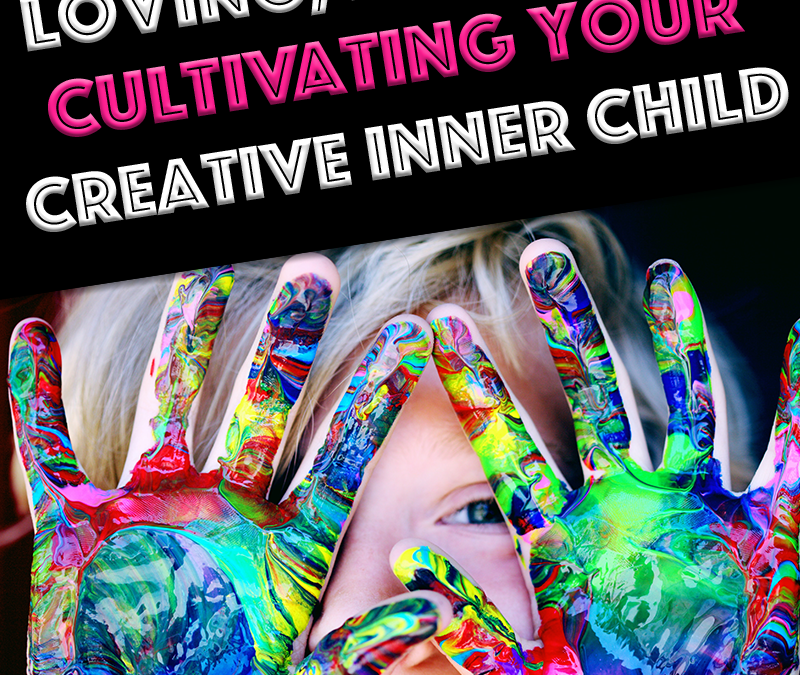
by Bohemian Badass | Jan 8, 2019 | #ArtLife, Podcast Episodes, Writing Inspiration
A Guide to Cultivating Your Inner Child as an Artist
SUMMARY
Wanna cut to the chase? Just check out the video, audio, and summary: Your inner child (IC) is the innocent, fun, and playful spirit that believes it can do and be anything. We often lose our IC as adults, which means losing a HUGE part of our artistic spirits! Join me to take your first step towards feeding, loving, and healing your inner child and reclaiming your belief in yourself as an artist!
Uh oh. Here’s another one of those woo-woo posts, folks…
But judge it all you want, because THIS? This is real. Firs tof all, though, let’s talk about what, exactly, is an inner child (and why cultivating it is important for us as artists).
#1: What the Inner Child Is
Inner Child: a person’s supposed original or true self, especially when regarded as damaged or concealed by negative childhood experiences.
Cultivating your inner child as an artist
Photograph by rawpixel.com via Pexels
#2: Why Your Inner Child Is Important
Simply: being an artist is a dream that is championed and protected BY your inner child.
Being an artist is the dream that our inner children hold onto while our outer adults slave away at crappy jobs that pay bills, parent crazy kids (and their inner children), and manage all the world’s problems.
And if you were ever told that you would never be able to achieve becoming a full-time artist, that art wasn’t important to the world, or the ever-popular “you need to go get a real job”, then trust me, the inner child in you has been bruised.
And while your IC is bruised or injured, they cannot protect your artistic dreams.
So we need to protect, heal, love, feed, and cultivate our inner children.
Trust me, he or she is starved for love, attention, affection, and especially PLAY.
“Being an Artist is a dream that is championed and protected BY your inner child.”
So, let’s FEED our inner child! Let’s love on and cultivate our inner child. What’s better? You’re not on this journey alone! In my next post, I’m going to give you 20 AMAZING ideas on how to love on your inner child, so stay tuned! In the meantime, you know how we do at The Bohemian Badass: it’s not badass if we’re not taking action. So, let’s get actionable.
#4: Breaking Badass & Getting Actionable: Your Artistic Task for Today
Have a conversation with your inner child. Ask them the following questions and journal what their real and raw responses are:
- What would you do with your life if there were zero chance of failure?
- If you didn’t have to work, how would you fill your time? (Responses that don’t require artistic effort, like “laying on the beach” don’t count.)
- If you had endless money, what would you do as an artist?
- Artistically, what would you do for free even if you had the opportunity to get paid?
“We need to protect, heal, love, feed, and cultivate our Inner Children.”
The Bohemian Badass is a mysterious Badass force from a mysterious Badass world who does mysterious Badass things. She’s actually a:
Novelist. Screenwriter. Director.
Game Writer & Narrative Designer. Globetrotter & Polyglot.
Fable Hunter.
Action Junkie.
Rebel Ragdoll.
Badass.
P.S. You can also call her Colby. Colby R. Rice.

by Bohemian Badass | Jul 5, 2018 | 1-on-1 Coaching, Coaching & Consulting
The guidance, courage, and support you need to start your creative project!
You’ve got the most amazing idea, but you’re afraid to pull the trigger.
You’ve got the most amazing idea, but you’re afraid to pull the trigger.
You’ve got the most amazing idea, but you’re afraid to pull the trigger.
You’ve got the most amazing idea, but you’re afraid to pull the trigger.
Nulla porttitor accumsan tincidunt. Lorem ipsum
i
Nulla porttitor accumsan tincidunt. Lorem ipsum
Nulla porttitor accumsan tincidunt. Lorem ipsum
Nulla porttitor accumsan tincidunt. Lorem ipsum
Nulla porttitor accumsan tincidunt. Lorem ipsum
Nulla porttitor accumsan tincidunt. Lorem ipsum
Nulla porttitor accumsan tincidunt. Lorem ipsum
i
Nulla porttitor accumsan tincidunt. Lorem ipsum
Sign Up for Our 60-Minute Virtual Creative Courage Coffee Date!
MAIL
P.O. Box ####
Tucson, AZ #####

by Bohemian Badass | Jul 5, 2018 | 1-on-1 Coaching, Coaching & Consulting
The guidance, courage, and support you need to start your creative project!
You’ve got the most amazing idea, but you’re afraid to pull the trigger.
You’ve got the most amazing idea, but you’re afraid to pull the trigger.
You’ve got the most amazing idea, but you’re afraid to pull the trigger.
You’ve got the most amazing idea, but you’re afraid to pull the trigger.
Nulla porttitor accumsan tincidunt. Lorem ipsum
i
Nulla porttitor accumsan tincidunt. Lorem ipsum
Nulla porttitor accumsan tincidunt. Lorem ipsum
Nulla porttitor accumsan tincidunt. Lorem ipsum
Nulla porttitor accumsan tincidunt. Lorem ipsum
Nulla porttitor accumsan tincidunt. Lorem ipsum
Nulla porttitor accumsan tincidunt. Lorem ipsum
i
Nulla porttitor accumsan tincidunt. Lorem ipsum
Sign Up for Our 60-Minute Virtual Creative Clarity Coffee Date!
MAIL
P.O. Box ####
Tucson, AZ #####
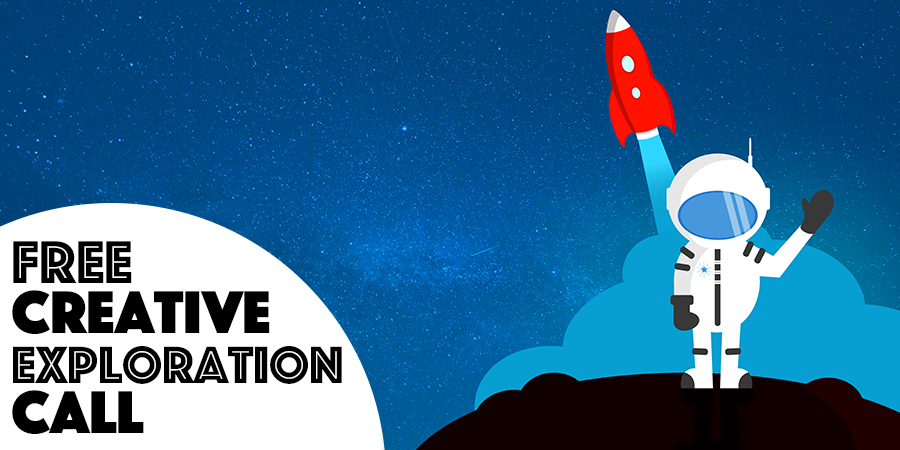
by Bohemian Badass | Jul 5, 2018 | 1-on-1 Coaching, Coaching & Consulting, Free Coaching
The guidance, courage, and support you need to start your creative project!
You’ve got the most amazing idea, but you’re afraid to pull the trigger.
You’ve got the most amazing idea, but you’re afraid to pull the trigger.
You’ve got the most amazing idea, but you’re afraid to pull the trigger.
You’ve got the most amazing idea, but you’re afraid to pull the trigger.
Nulla porttitor accumsan tincidunt. Lorem ipsum
i
Nulla porttitor accumsan tincidunt. Lorem ipsum
Nulla porttitor accumsan tincidunt. Lorem ipsum
Nulla porttitor accumsan tincidunt. Lorem ipsum
Nulla porttitor accumsan tincidunt. Lorem ipsum
Nulla porttitor accumsan tincidunt. Lorem ipsum
Nulla porttitor accumsan tincidunt. Lorem ipsum
i
Nulla porttitor accumsan tincidunt. Lorem ipsum
Sign Up for Our 30-Minute Creative Exploration Call!
MAIL
P.O. Box ####
Tucson, AZ #####
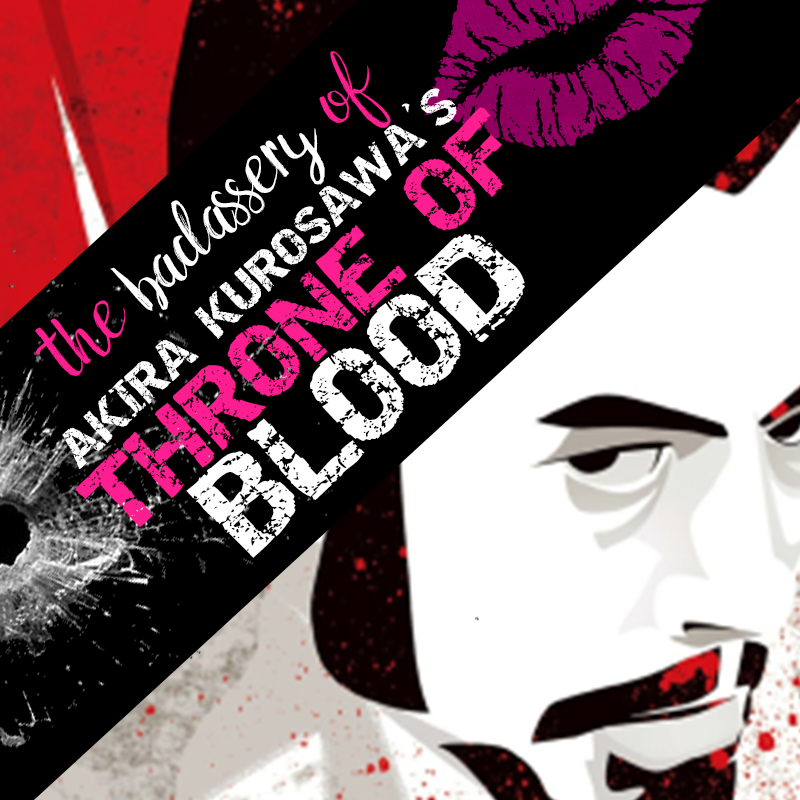
by Bohemian Badass | Mar 16, 2017 | Uncategorized
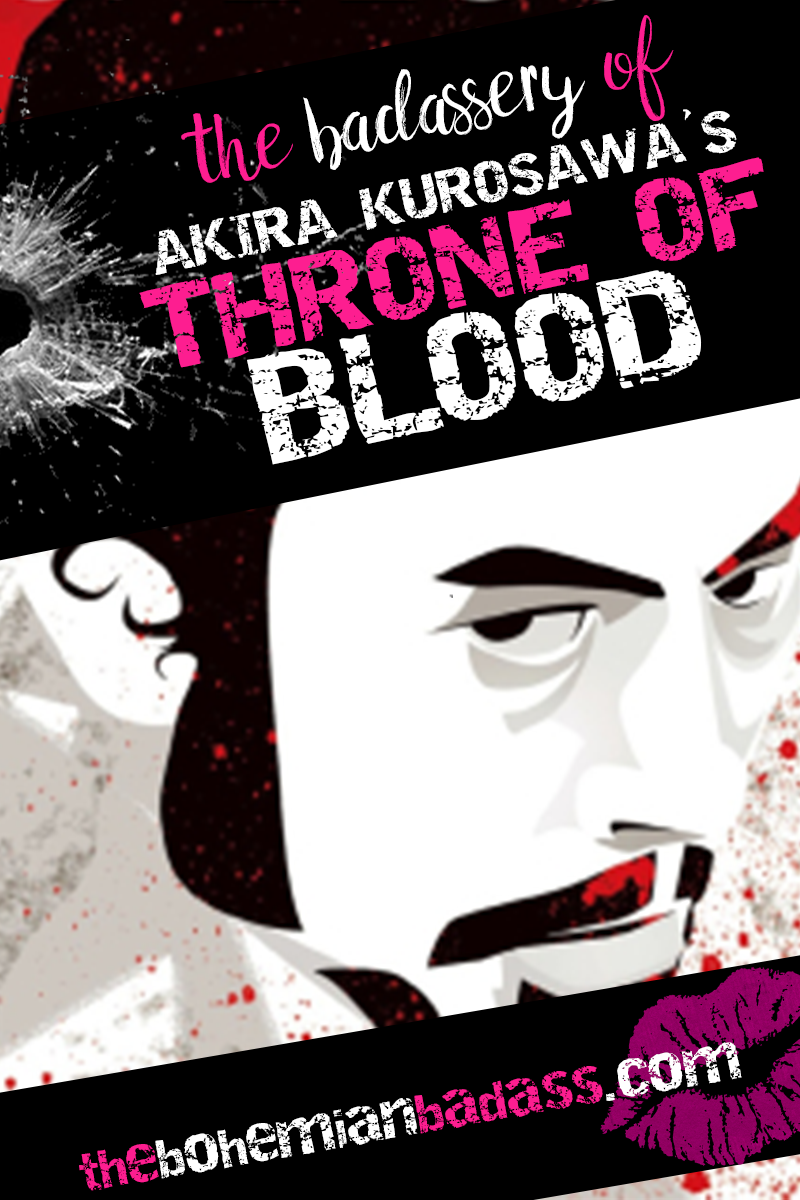
Okay, okay. So it’s kiiinda random that I’m talking about Throne of Blood out of the blue, but since I recently had to screen and then write a paper on it, I decided it’d be a GREAT opportunity to share my thoughts on it with you guys!
SO! CUT AND PASTE POWER, ACTIVAAATEE!!!
Just as a primer, Throne of Blood IS AMAZING. Really a top notch film adaptation of Shakespeare’s Macbeth and is highly recommended for all you aspiring screenwriters and filmmakers out there. I hope that my analysis of it will help you become a better filmmaker and also inspire you to become a Kurosawa fanatic, as I am. 🙂
ENJOY!
The Badassery of Throne of Blood by Akira Kurosawa: Macbeth in Translation
One thing I loved about Throne of Blood was that nature and the elements were a character that told a story all on their own. Kurosawa made sure to use the elements to create an incredible and also hyper-realistic mise-en-scene that really drove home the physical environment and conditions under which this feudal society lived. Our sheer powerlessness against things we cannot hope to control becomes a major theme in the movie, manifested in the far-reaching landscapes, the dark and towering mountains, the impenetrable fogs, the relentless winds, and the torrential rains that constantly beat down upon the characters with their limitless fury. These are forces that, ultimately, cannot be defeated by the wills of man but that must be weathered until they subside. The very futility of man trying to control his fate is not only embodied in the elements, but also in all of the songs sung throughout the film, which, in themselves sound like mournful winds.
The elements also became a force to be reckoned with as the characters struggled to find their ways through to their own destinies. This journey was manifested in the most obvious way when Captains Miki and Washizu literally got lost in the forest in which the evil spirit lived, which is just a more microcosmic foreboding of the tortured wandering that the two men (especially Washizu) will endure throughout the entire movie. The spirit used nature and the elements then to transform the world from a simple and bewitching mise-en-scene into one that stood as representative of entrapment, terror, and eternal haunting. It was she who did not allow the noble captains Miki and Washizu to leave the forest and head home to begin with; instead, she used nature and inclement weather to re-route them back to her hut, where she gave them the prophecy that would incite their ultimate doom.
Another wonderful thing about the use of nature and the elements, though, from a craft perspective, is that it allowed Kurosawa to compose some truly breathtaking and visually compelling images. In nearly every single shot there is movement, especially when we are looking at wide shots that compose man and nature together at the same time, as though both are physical characters. This is both visually exciting and emotionally resonant. In many other films, characters tend to travel through landscapes that seem rather tame and unruffled, with man as the dominant figure superimposing his own control over the world that lies before and beneath him. Kurosawa, on the other hand, bucks this trend, and through visual composition, he brings us back to the real and natural truth: that nature is wild, forceful, unstable, and untamable, and that man can barely hope to survive it, much less conquer it.
Another aspect of this film that I loved is that, aside from nature, it is both hyper-realistic and surreal, all at the same time! “Ghosts and blood” is the single phrase that comes to mind with regard to Thrones of Blood, both as the overriding theme and in the real presentation and composition of the film itself.
With regard to its hyperrealism, Kurosawa makes a lot of incisive directorial decisions regarding color, composition, and directing. I think specifically of Kurosawa’s portrayal of Lady Asaji Washizu (played by Isuzu Yamada), who, when first introduced is as immobile, creepy, and as mysterious as the evil spirit in the forest who has given Captain Washizu the prophecy. Asaji, like the spirit, kneels on the floor and does not look at her husband, but looks down, both seeing and unseeing. She speaks with the forest spirit’s same rolling cadence and gritty rhythm while delivering her opinion of Washizu’s future, and she also remains completely emotionless and monotone, as though possessed by the spirit itself. In sharp contrast to Captain Washizu, who sports bright and bold colors throughout the scene, Asaji is dressed in white and looks pale and washed out (again, much like the forest spirit). The ongoing resemblance between the spirit and Asaji is uncanny– in appearance, mannerism, and in gender.
Lady Asaji appears to have ghost-like qualities again in Kurosawa’s brilliant shot of her as she disappears into a dark back room and then re-emerges with the drugged wine that she will give the guards. Her slow, ghost-like fade into the black depths of the space, along with her gradual re-emergence in a similar manner, is honestly one of the most brilliant shots I have ever seen in film. What a way to embody walking death– with silent, ominous fades into darkness! It is this combination of realism and hyper-realism, similarity and contrast, that elevates Kurosawa’s translation of Macbeth into the cinematic stratosphere.
On the other hand, the ways in which Kurosawa is directly hyper-realistic is his use of sheer mass: hundreds of bodies on screen that represent realistically what a feudal Japanese army looks, sounds, and feels like. We hear the heavy clacks of Japanese armor, hear the whispers of the hundreds of flags as they move, feel the crescendo of pounding hooves as the battles rage on between the clans. Every single one of his shots is filled with the textures of humanity and brutality, both in the physical and the emotional sense.
From the large battle scenes with the hundreds of soldiers, horses, and trees moving in an organized chaos to the scene of silent consent wherein soldiers are galvanizing (without speaking) under Washizu’s words to the final scene where Captain Washizu himself is struck down by hundreds of arrows, Kurosawa remains relentlessly committed to a realistic portrayal and experience of the events. It is even said that Kurosawa used real, live expert archers to create Washizu’s execution on film (Blair 1)! Even crazier is that Toshiro Mifune (the actor who played Washizu) was instructed to flail his arms in particular directions. These movements were to notify which direction he planned to move and stumble, so that the archers knew where to aim and where not (so that they wouldn’t accidentally hit him) (Blair 1).
Aside from how he manages a visual translation of Macbeth, Kurosawa makes some key textual decisions about the translation as well. One of the artistic liberties he takes is with dialogue. He sticks more closely to the actual story than he does to the actual dialogue, and mercifully so. While his imagery packs a punch in every frame, Throne of Blood’s dialogue, and thus its main cast, is kept trim and austere. He discards Shakespeare’s poetic prose for a language that is more appropriate of feudal Japan and of the built-in social hierarchies of the Japanese language (which are especially important to both feudal and modern day society). Not only do these dialogue cuts allow for a more heightened verisimilitude, but it also underscores Kurosawa’s focus on image-based storytelling rather than text-based storytelling. For film, the use of images drive home the power and resonance of a scene far more effectively than the soliloquies of the stage.
For example, in the original Macbeth, Lady Macbeth is stricken by sleepwalking, and in her night haunts, we hear her mourn and roil over her involvement in the conspiracy to kill the king and all her former friends. This is the infamous “Out, out damned spot!” monologue that shows us that her guilt has literally driven her to madness. Later we even hear that she has killed herself via violence from her own hands. As is, this scene requires the addition of two extra characters, who discuss her condition in an expository manner as they watch her sleepwalk. This discussion is clearly for the benefit of the audience, as they are talking about things of which both are already aware. In film, though, one does not have the benefit of addressing the audience in such a manner. Other means must be used, and thus, so Kurosawa steps up to the plate with his own vision.
In Throne of Blood, Lady Asaji is met with a similar fate as Lady Macbeth, but with some key exceptions. For one, Asaji had been pregnant with her husband’s child. However, the child was ultimately born stillborn, putting Lady Macbeth at death’s door. This “double death” deals Asaji’s character the karmic blow we’ve all been waiting for, but with consequences more far-reaching than expected: not only has she been cursed with her own impending physical and emotional death, but now her innocent child has been killed by proxy, thus initiating the death of her and her husband’s entire bloodline. Lady Macbeth’s original desire for her “breastmilk to be turned” to gall translates into Lady Asaji’s womb literally becoming a coffin. In this, we get lead to the third and final death that Lady Asaji will experience: a psychological death, via the madness brought on by both the loss of her child and the guilt for her role in the murders.
The scene wherein the audience gets to experience Asaji’s said madness is fraught with movement and terror. (This is yet further evidence of Kurosawa’s literary, theatrical, and cinematic fluency.) No words are spoken as Captain Washizu approaches the room where his wife abides. He hears only screams and sees the flight of Asaji’s handmaidens as they flee an unknown horror, which we don’t see until the end of Washizu’s hallway trek. We are instead held in a deep suspense as Captain Washizu’s body is meleed by the fleeing servants. The servants are so blinded with terror that they do not see him and end up slamming into him, bowing only when they realize that their master is present. It is a beautiful and frightening scene, heightened by black flying hair and soft, wild robes, again in a sharp contrast to Washizu’s bold, hard, and unyielding presence. As the servants take flight like birds (much like the same birds who just filled Washizu’s room with bad omens only moments before), the camera slowly pans with Washizu, forcing us to stay with him as he seeks to find his wife.
When he finally finds her in the room, she is hidden behind a hanging kimono, which he rips back, and we see Asaji bent over a bowl manically washing her hands (with no water). She sobs over her inability to get her hands clean, over how they stink with blood. No matter how much she washes, she can never get the blood off. Washizu tries to get through to her, even going so far as to scream her name, but she doesn’t seem to see him. She is stuck in the dark labyrinths of her own mind, and no one can reach her again. Hence, her third and final death.
In this way, Kurosawa is using the film medium to its full potential, bringing costume, staging, scene design, composition, framing, minimal dialogue, and camera movement together to drive home the emotional and psychological resonance of the scene. He breaks free of the theatrical and soliloquized shackles of the original Macbeth and uses all of the cinematographic tools available to him in order to bring new nuances to an old classic.
One final but most important adaptive tool that Kurosawa uses in his translation of Macbeth is that the film is deeply embedded in Japanese Noh theatrical tradition. Through the use of music, chanting, lyrical portends of doom (which bookend the movie), costume design, makeup, and more, Kurosawa uses the full range of theatrical techniques that the Noh tradition provides. Strangely, Kurosawa was criticized for using this tradition and was accused of being “stuck in the past” by his contemporaries (Blair 1). Even the quickest glimpses into his merging of Noh theatre, cinematographic technique, and a timeless story of blood and ghosts, however, will quickly show us that his contemporaries were wrong.
In both the broadest and the lightest of strokes, Noh theatre traditions bring a deeper dimensionality to the look, meaning, and impact of Throne of Blood. For example, one may notice that Lady Asaji’s face is made up to look precisely like the fukai mask used in Noh theatre. The fukai does not only denote age, but is representative of “the sorrow of the woman who has lost her child” (Savas 21). The sorrow shown in the fukai is both stated and unstated as the mask seems both expressive and neutral all at once. The neutrality and quiet insidiousness of the mask’s inexpression is a perfect exemplar of what Minae Yamamoto Savas calls “the hidden power of the dark side of human nature” (Savas 21) that will, in its silence, drive Asaji to an internal madness.
Throne of Blood also borrows themes and story slivers from a well-known Noh play called Black Mound (called Kurozuka in Japanese), which tells tale of a woman who takes in two monks and entertains them by spinning thread on a wheel. When she leaves to gather more wood for the fire, she instructs the monks to not look into her bedroom; one of them does, however, and discovers a pile of skeletons, whereupon the monks realize that the old woman is actually a demon (Savas 22). The masks, the old woman, the songs, the spinning wheel, the music, the instruments, the skeletons, and the morals these things carry… all small but important and deliberate selections that Kurosawa makes in order to bring deeper nuances to not just the film itself but also the original story.
In conclusion, I loved Kurosawa’s Throne of Blood, even more than I loved Macbeth! Not only is it an amazing adaptation of Shakespeare’s original work, but it is one that also brings its audiences into the values, culture, social mores, theatrical traditions, and historical context of both feudal and modern Japanese society. Both a masterpiece as well as a cultural treasure, while Throne of Blood will not replace Macbeth, it will certainly stand alongside it in history as one of its worthiest equals and best adaptations by far.
WORKS CITED
- Blair, Gavin J. “1957: When Akira Kurosawa’s ‘Throne of Blood’ Was Ahead of Its Time.” The Hollywood Reporter [Los Angeles] 16 Mar. 2016, News sec.: 1. Print.
- Savas, Minae Yamamoto. “The Art of Japanese Noh Theatre in Akira Kurosawa’s “Throne of Blood”.” Bridgewater Review 30.2 (2011): 19-23. Web. 10 Mar. 2017.<http://vc.bridgew.edu/cgi/viewcontent.cgi?article=1279&context=br_rev>.
- Throne of Blood. Dir. Akira Kurosawa. Perf. Toshiro Mifune and Isuzu Yamada. Dailymotion. Toho Company, Kurosawa Production Company, 19 July 2013. Web. 10 Mar. 2017. http://www.dailymotion.com/video/x122jr4_throne-of-blood-1957-pt-1_creation>.

by Bohemian Badass | Oct 2, 2016 | Screenwriting, Screenwriter, Writing Screenplays, TV Writing, TV Writers, Writing Television, Writing Teleplays, Writing TV, Writing Inspiration

So you can’t write. :-/ You sat down at the keyboard, saw the blank page, and did one of the following:
- You FREAKED out and got scared that you didn’t really have anything to say. So you ran away from the keyboard and got busy with something else.
- You started typing and then started criticizing your words until you were too badgered to continue. You got up from your computer and limped away with your tail between your legs. (Been here too!)
- You typed and typed and then looked at the word count and was like… “THAT’S ALL?! WELP…”

- Or, you started typing, were on a roll, and then realized that your story was going straight to Nowhere’sville at 1000 mph, and you got frazzled and stopped.
Yes, I know your pain, boo. Because I’ve been to ALL these dark and terrible places. But I’ve also found my way back out of these places, and I’m here to help you do the same. Introducing my fantastical, fool-proof ways to crush the F*CK out of writer’s block!!
I’m going to give you the first 5 tips today, and then next week, we’re going to get more intense with the remaining 5 tips.
(Notice, though, this post gives you a light and airy, #chill way to crush writer’s block. Meaning, that you don’t have to actually do any hardcore writing. For now.)
So what’s the first #chill way to crush the F*CK out of writer’s block?
1. THE “SOMETHING NEW” METHOD
Go do something fun, new, and / or scary. And then write a quick (or not-so-quick) journal about it.
As the delightfully infamous Shonda Rhimes tends to say: “Say YES to doing something that scares you.”
And I can’t agree more.
Some of the most exhilarating and emotionally powerful experiences come from trying new things and facing our fears! From flirting with that cute barista to starting a blog, from traveling abroad alone to even taking a swimming lesson, every single one of us has a fear (or multiple fears) that we avoid on a daily basis to maintain our comfort zones. But by challenging our comfort zones and pushing boundaries, we invite ourselves into a new threshold of emotional experiences.
And as we experience new emotional arcs, growth, and depth it becomes way easier to transfer those experiences to our characters. Our experiences make their experiences more real.
2. FIND THE MUSE IN THE MUSIC
Music is one of the quickest routes to the soul and to human experience. Use it to your advantage.
I have to tell you, when I hear Sam Smith’s “Writing’s on the Wall”, my heart is literally rendered in two. Every time. I LOVE that frickin’ song. The music is dramatic and soul-wrenching. The lyrics are poignant. And Smith’s singing literally lifts you into another world. “Writing’s on the Wall” makes me think of two people, standing back-to-back, literally fighting the entire world to win, for each other.
I wrote some of my best scenes in my The Books of Ezekiel series while listening to this very song (and if you read up to book #7 (The Final Descent) when it comes out you’ll know exactly which scene I’m talking about)!
So I want you to create the ultimate “Writer’s Block” playlist, and use it to find instant inspiration for whatever scenes you need to write!
3. BE THE POPCORN PIMP(TRESS)
Collect ALL your favorite books, movies, TV shows, short stories, and more in the genre you want to write, and just CONSUME.
This is the ultimate excuse to kick back and relax while also hanging a huge “WORKING” sign on your door. And I’m dead serious. Studying your craft, learning about who and what came before you, immersing yourself in story, and mastering your genre through art study is SO FRIGGIN’ IMPORTANT to being a badass writer.
Personally, I like to focus on books and movies. I choose books and movies that I pretty much worship, want to emulate, or have a sincere emotional connection to. Consuming these— and seeing how my idols and mentors have executed their dreams and visions on the page and on the screen— gives me some great ideas and really gets me amped up to write.
The only danger in being a Popcorn Pimp is that you’ll substitute writing for “studying” with the excuse that you’re working. And you are. You are working, but you also need to be writing. Being a popcorn pimp or pimptress isn’t just about studying the craft. It’s also about putting that werk in them wordstreets, son.
4. BUILD YOUR CREATIVE DOJO
Take writing, craft, business, and marketing classes that will both educate and inspire you to get out, take action, and hustle your way to your author dreams!
Even if you are writing regularly and hitting your word counts, sometimes you’re just feeling plain ole overwhelmed and worn out. When this happens to me, I put the laptop down and replace it (temporarily) with bingeing on a series of vlogs, podcasts, sound bites, interviews, classes, movies / tv shows / animes, blog posts, etc., that are related to what I want to do!
For me, hearing about writers, artists, filmmakers, and others who are successfully doing what I want to do (and against great odds, nonetheless) really gets me revved up to go.
Don’t underestimate the power of watching others climb to the top. It will motivate you to do the same. For one, it cracks open the loneliness that sometimes comes with being a writer or creator. Secondly, watching others hit the milestones you want to hit is just plain ole inspiring! It shows you that it can be done, and that you can do it too. It’s sort of like watching porn to warm up a cold sex drive. Seeing the, uh, artistic imagery gets your mind open to the variety of— erm— possibilities, so to speak. Lol.
Not only that, often these artists are sharing invaluable pearls of wisdom and actionable tips. AND ALL FOR FREE!! It’s just up to you to take this knowledge and apply it to your craft and creative business.
4. CHOOSE YOUR SECRET SENSEI
Pick 3-5 artists whose careers you want to emulate and study literally every single thing they’ve done, are doing, and will do.
This may look a little cray cray on the surface, but in reality, this is an excellent way to crush your writer’s block and skim a little inspiration off the top as well! While in doing exercise #3, you’ll find some super inspiring stories, you’ll want to look for some heavy hitters who can unofficially become your senseis as well.
Mind, I’m not telling you to go and bug Joss Whedon about being your mentor. But, I am telling you to choose a few heavy hitters like him, who are super successful in their genres, and who you want to emulate. From there, you are going to study their careers, their life stories, their uneven and asymmetrical paths to success.
You are literally going to make them your secret sensei, of sorts. Long-distance and non-stalker stylez.
5. GET VISIONARY.
Create a career plan, vision board, and a ridiculous goal list for your career as an author, filmmaker, or creator in general!
One of the easiest— and most awesome-est— way of getting inspired to write is to envision and plan your career as a writer. With your eye on a goal that inspires you, it’s a heck of a lot easier to keep on your writing path and crush your blocks. And when you feel stuck, doing a visionary exercise will shake up your routine, get you to be more engaged and tactile, and break the monotony.
There you have it! An entire #chill as hell arsenal of activities and worksheets to help you crush the F*CK out of your writer’s block like a G! But stay tuned, I’ve got a SECOND article and yet another arsenal of writer’s block activities that are more intense, more involved, and just insanely #NOchill. So keep your eyes peeled for the second and final installment of the Writer’s Block post series, “10 Badass Ways to Crush the F*CK Out of Writer’s Block, Part II of II: The #NoChill Method”!
In the meantime, what are your secret weapons to crushing writer’s block? Any secret sauce swag any of us should be on? Drop your thoughts below! I’d LURVE to hear from ya! Write on, rock on, and, as always…
Stay badass,
<3 Colby
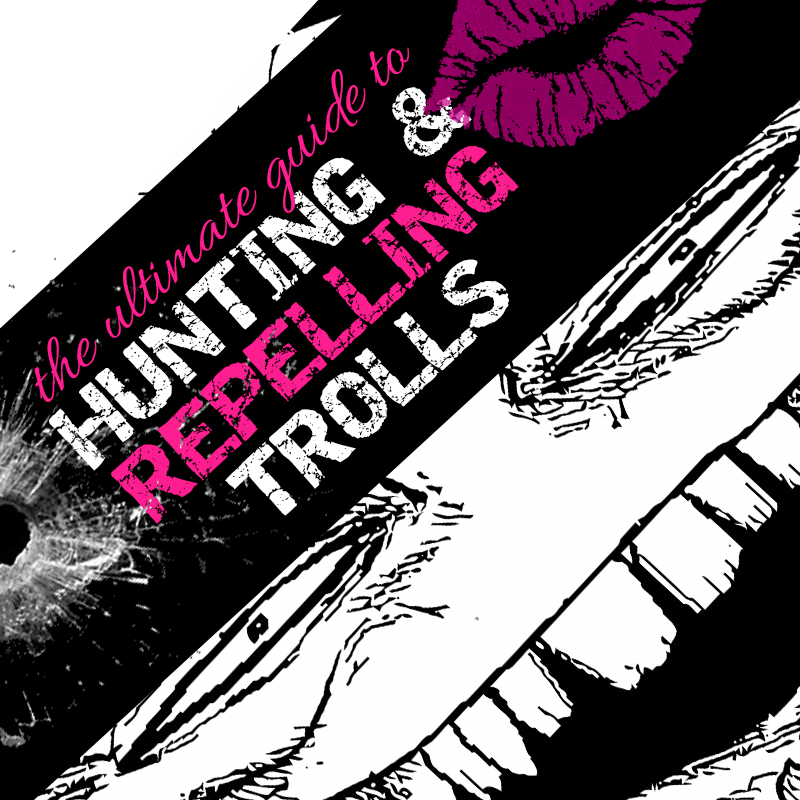
by Bohemian Badass | Sep 25, 2016 | Writing Inspiration
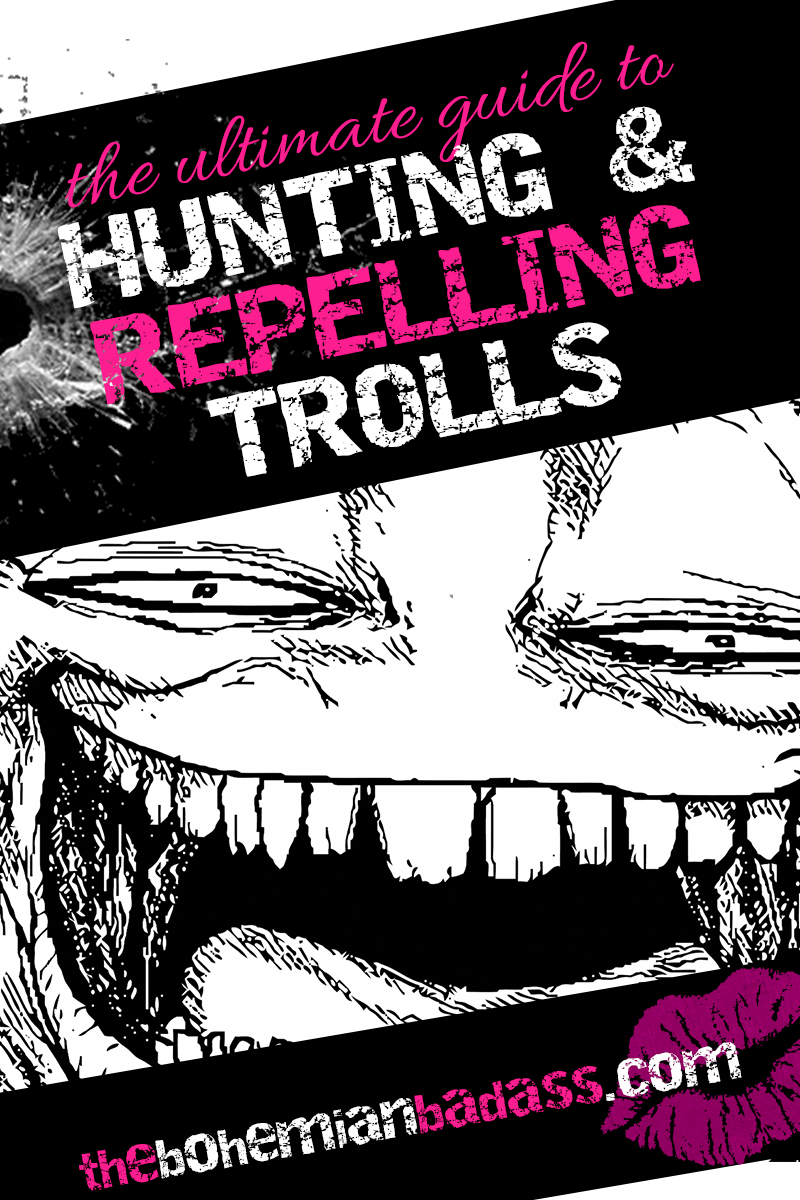
I See You Trollin.
You HATIN’,
Patrollin’,
You Tryna Catch Me Writin’ Dirty!
– A Colby R Rice & Chamillionaire Collaboration.
With an apt re-appropriation of Chamillionaire’s lyrics and catchy beat, we delve into the dark realm of trollery. But never fear, good comrades, we doth not need stray into such a grim and treacherous journey alone. We have each other, my dear cheerful compatriots, as well as our shields of good humor, our pen-swords of justice, as well as ales of courage to make hearty our inner strengths!
No, but seriously, how DO you deal with trolls? First of all, before we go about describing how to slay a troll, let’s discuss what a troll actually is.
What’s a Troll?
Let’s start with the New Oxford American Dictionary definition:
Troll |trōl| noun: a mythical, cave-dwelling being depicted in folklore as either a giant or a dwarf, typically having a very ugly appearance.
Strangely, enough, although this definition reaches into the deep and dark warrens of antiquity, it is still a very apt description of what we understand a “troll” to be in modern times. Other kinds of terminologies, such as “hater”, “bug-a-boo”, “cynic”, “pessimist”, “loser”, “douche bag”, “petty VIP”, and a whole host of other very colorful but explicit monikers can be used to describe this creature in all its complexity and lol-inducing beauty.
The History of the Mighty Troll
Trolls have been around since the beginning of time. Even Jesus had to beat the trolls off. He will go down in history as one of the most famous troll hunters of all time, in fact, a martyr to the cause of goodness in a dark world. Trollery is a problem that humanity has had much trouble solving, as trolls are the most timeless and resilient creatures on the face of the planet. They’ve survived wars between Greek gods, the extinction of the dinosaurs, the bubonic plague, all forms of pestilence and woe, the advent of Raid— I mean, holy hell, these fuckers are nearly impossible to kill.
Trolls: A Darwinian Analysis
They also evolve extremely quickly. Whereas in medieval times, trolls were a bit more gangster and would come out of their caves to eat little children, trolls do understand that in modern times, people (and children especially) carry mace. So with the advent of modern technology, these creatures of the abyss have evolved. Somehow, thanks to capitalism (and partially due to Apple’s back-to-school discount programs), they all have gotten hold of Macbooks, tablets, and Android phones, and they have decided to bring their trollery into the 21st century with straight prejudice, telecommunicating their terror and angst from the safety of their caves. Their sole purpose is to destroy and devour everything. ANYTHING. And oftentimes, innocent civilians get caught in their paths of destruction (this is intentional on the part of the trolls, fyi).
Trolls: A Behavioral Analysis
Trolls tend to target people who they deem socially weak, undesirable, unlovable, or simply, they target people who are actually doing something positive and constructive in their lives. The last offense is the one most egregious and offensive to the troll and his stinkery. In truth, he hates his cave (or bridge, in other cases). He hates his life, his warts, his lack of success— he hates and doubts everything about himself (or herself), and he wants you to hate and doubt life too. So, he comes onto your webpage, your YouTube videos, your webinar (whatever he can get his grimy little fingers into without sliming his keyboard) and begins the volcanic eruption of his self-hatred all over your internet space. He writes insults, sexist or racist comments, poo-poos your ideas without any critical insight, or is generally just a hater who loves to criticize rather than critique.
How to Hunt and Expel Trolls
So getting to the point, how do we defeat this onslaught of trollery and negativity? Well, here are four old wives’ tricks and tips I’ve found helpful:
1. Be Smart!
Speak intellectually and logically. If a troll has something nasty to say, address it, don’t attack it. Ask them “how would you improve this product/book/your face?” Logically point out the weaknesses in his argument or critique, and request that the troll say something constructive. More often than not, this will kill trollery in its tracks. Why? Because trolls simply get perplexed by the idea of producing something positive or constructive. When challenged to do so, they will simply limp away from the confrontation confused, breathing morosely through their mouths and dragging their ugly knuckles behind them.
Or, in other cases, they will go into what I call “berserker troll” mode. As your intelligence has overloaded their tiny brains, they will need to let off pressure and emotion. The common troll knows no other way of doing this except to go berserker and “troll out”, which may be expressed by ranting, raging, becoming violent, drooling, and spouting nonsense. At this point, the only viable solution is to hit the “block” button or ignore them. They will go away eventually.
2. BE POSITIVE. Then, IGNORE and RELEASE.
I call this outpatient troll therapy. Sometimes, trolls just need to be disciplined and loved all at the same time. Being happy and upbeat will help these poor intellectually-disfigured creatures, and it will also help you look like a social media rockstar. You should even thank the troll for its contribution. Then, make sure you let the comment go. All too often, we allow our self-esteems to be deeply wounded by a wayward troll. We blame ourselves or we might even think our work and our voice isn’t good enough, so we stop climbing the ladder of success! Don’t stop. Instead, ignore and release this troll’s hateration. Always remember the natural instinct of this boggish creature: to spread cock-jerking negativity. It is a troll’s natural calling and pleasure to bring misery and woe, just like it is your natural calling and pleasure to be creative and be fabulous. Let nature, fair and foul, take its course. Release.
3. Continue being successful, and EMBRACE trolls as a sign of your success.
The only thing a troll invasion tells me— other than that a wave of cyberfunk has cast its shadow over my holy land— is that I’m doing what I’m supposed to do: being awesome as fuck.
The opposite of love is apathy, ladies and gentlemen, not hate. “Hate” is still a passion, and one that provides a troll’s intrinsic motivation to live. The troll can not live apathetically; he can only thrive where certain issues strike the chord of passion in him. He just chooses to channel his passion through his ass rather than through his heart. So, take it as a compliment.
The fact that someone is paying enough attention to you to even kick-off some troll shit on your page speaks volumes (positive volumes) about the quality of your work and about your success (or potential for success). Keep shining. The trolls will come, but keep shining nonetheless.
4. Please spay and neuter your stray trolls… by not becoming one.
Trolls aren’t like puppies and kittens, where people actually want them in their homes. So these unfortunate creatures roam the cyberstreets, pick a certain cyber-corner, and, instead of being cute and chasing its tail to catch the loving eyes and hearts of passersby, they attack the villagers. In their hearts, they understand that they are not lovable creatures, and this anger and frustration becomes vitriol that the troll ultimately vomits on the masses.
We need to reduce the troll population.
But how? Well, I already told you that they have survived Man’s worst plagues and pestilence, so “how” is a legitimate question.
Well here’s the key: you see, “trolldom” and “trollery” isn’t like going to the Land of freaking Mordor. There is no external physical journey to trolldom. Also, trolls, those sneaky bastards, are able to hide beneath human flesh! So really, probably about 1 in 100 people you pass on the street are actually trolls in hiding.
Trolldom is actually an infection of the soul, a disease of the inner being, a blight on one’s internal happiness and fulfillment. The sad fact is that 95% of trolls were not even born trolls. They actually became trolls through the poisoning of their happy spirits by other trolls (that I call “carrier trolls” or, in the cases where the trolls are actually parents, “progenitor trolls”). Some of these “carrier” trolls were bullies in high school, terrible parents, other bloggers who have an axe to grind, bad dentists, unpublished or unproduced creators who love to hate— I mean the list goes on and on. Therefore, it is our duty to spay and neuter trolls, and the only way we can really do that is to not become trolls ourselves. Stay positive and keep your head up, and you are just that much closer to reducing the size of the troll kingdom.
So these are MY four different ways to deal with and even slay trolls, but what are your ways? What kinds of situations have you faced wherein you’ve had to call in the troll-hunting calvary? Come forth, my mighty troll-hunters, and share Ye Oldest of Troll-Slaying Tales. And of course in the meantime, keep it badass.
From your fellow troll-hunter,
<3 Colby R Rice
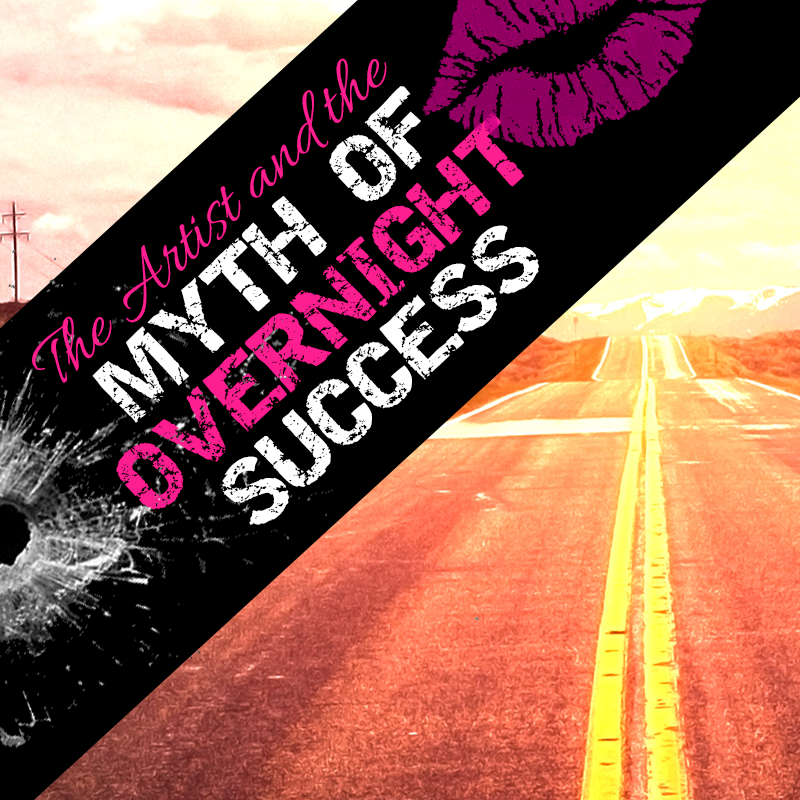
by Bohemian Badass | Sep 18, 2016 | Uncategorized
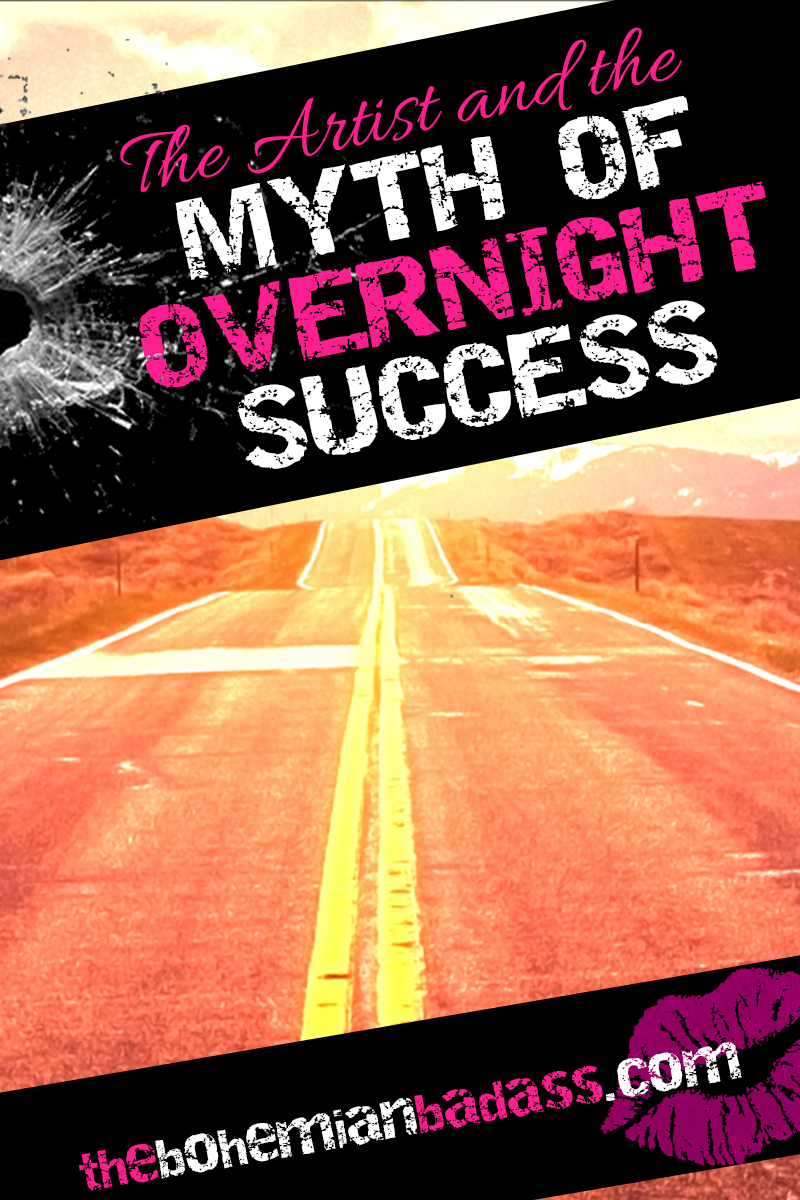
Let’s face it, both writing science fiction / fantasy and publishing independently is a lot of work. Most people treat these two paths as completely separate careers because there is so much to be done for each, so much to learn. Sometimes, the work load can be overwhelming, and if we aren’t seeing instant results, we can get discouraged. Other times, we get so discouraged, even, that we think what we’re doing just isn’t working.
Well, I’m here to call BS on that, and to tell you that what you’re doing IS working! You just have to be patient and consistent. I’ve been watching successful authors and other artists out here, both independently and traditionally published, and you know what I’ve noticed?
Except in truly unusual circumstances, most authors, bloggers / vloggers, and anyone else who has ever made it big in life do not hit big time until about 4-6 years after they first debuted in their market!
(And sometimes, even longer.)
I kid you not. Unless you’re already a celebrity, do NOT expect overnight success in much of anything. Actually, even celebrities (most of them) had to start small and work hard for a long time to get where they are. Think about the actors and authors we know well: George Clooney, Shia LeBeouf, J.K Rowling, Stephen King… none of these artists walked onto the silver screen or into the literary arena and wowed the world instantly. It took time, effort, grit, and good ole fashioned elbow grease.
“Overnight success” is never overnight; it just seems that way because we don’t hear about most people until they make it big! Also, the movie or publishing industries have a knack for creating these “instant sweetheart” images while leaving most of their clients’ histories in the dark. Don’t believe everything you see! Trust me, most of the big timers nowadays didn’t start off that way and took quite a while to get where they were going:
- Clooney started off in television in 1978, and no one even sneezed his way until he played Dr. Doug Ross in ER almost SIXTEEN YEARS LATER!
- Shia LeBeouf started off in comedy clubs when he was 10-years-old (because his family was broke), and then he hit the Disney channel for a while. Point is, he didn’t have a career breakthrough until ELEVEN YEARS LATER, when he starred in Disturbia. Now his career is taking off, and neither he nor his family will ever be broke again.
- Stephen King, the prophet of horror writing and one of the most successful fiction writers alive today, wrote his first novel, Carrie, in 1973 which HE THREW IN THE TRASH because he had been discouraged about writing altogether. His wife fished it out for him and urged him to finish it, and as we all know, the rest is history. Mind you, he was also an alcoholic at this time, and so he had the double burden of forcing himself to keep going while dealing with his illness and with his mother’s passing.
- J.K. Rowling could barely get Harry Potter published anywhere, and even when she did, it took five years and three whole books later for the world to pick up on her brilliance. I need not go further as 99% of us know and love her work all too well!
But the bottom line is that these artists that we love so much had to work at their craft, keep their noses to the grindstone, keep trying things from different angles, and most importantly, they had to BE PATIENT. You shouldn’t expect to do anything less, either. Expect to work hard, virtually round the clock, for a few years (maybe even a decade), branding yourself, marketing yourself, strengthening yourself and your skills, and producing good, quality work, in order to get that “overnight success”.
Let me share a secret with you: “Big breaks” and “overnight success” are planned, ladies and gentlemen! Very few people ever stumble accidentally into a “big break”, and even if they do, if these stumblers aren’t really about anything, or if they aren’t doing anything worthwhile, they sort of fall into ridicule. (Kim Kardashian and Paris Hilton, anyone? Stunningly beautiful women, but not really doing anything valuable or attention-worthy, in my opinion… but I digress!)
So, how do you plan your “big breakthrough” as an author? Well stay tuned, because the very next post is going to list out my personal observations of how very successful people have successfully planned and executed their big breaks, what I’m going to do to model them, and some action tips on how you can do the same! Stay tuned!
Keep it indie,
<3 Colby







